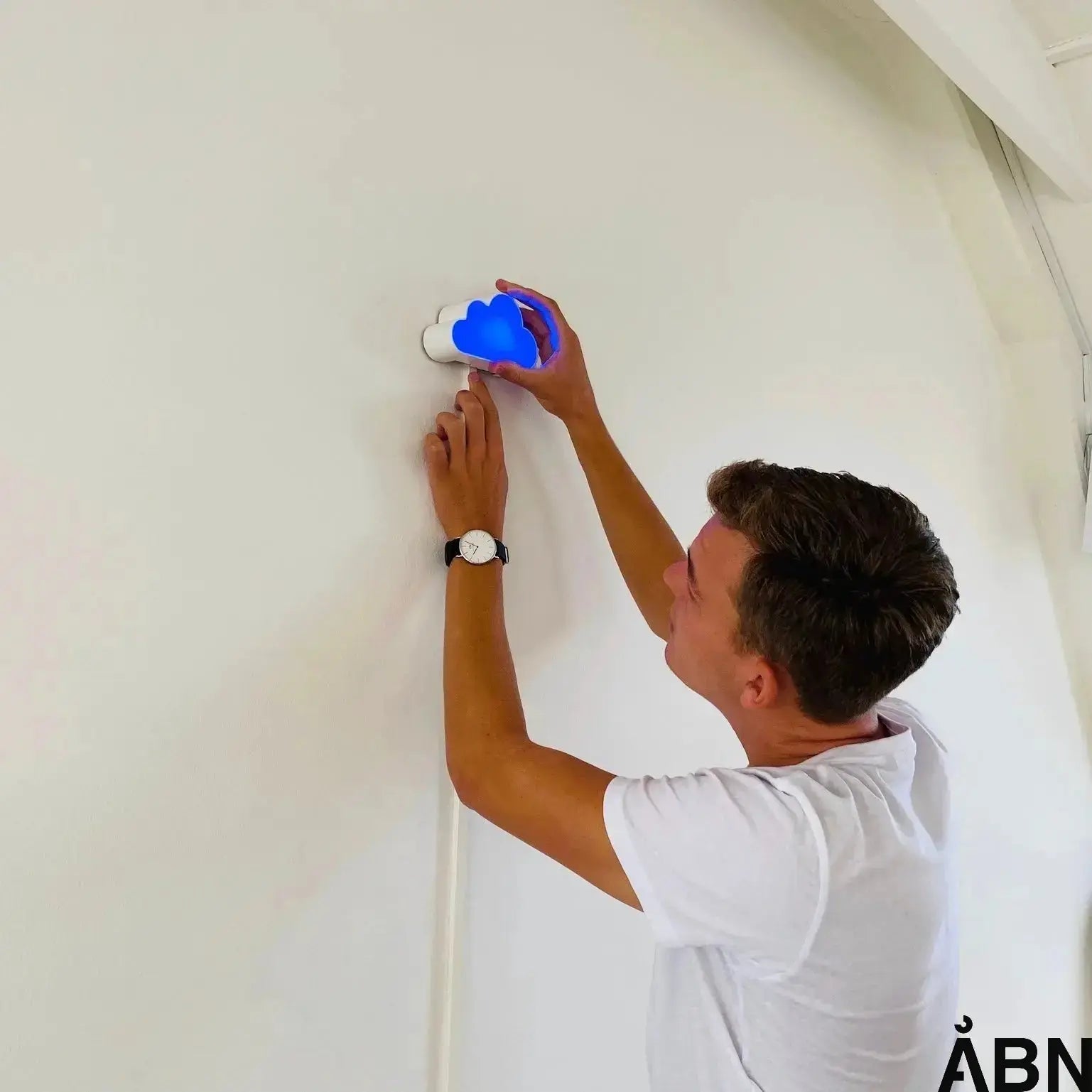Noise limits in the workplace – what you should know
Noise is an invisible, but not inaudible threat in many Danish workplaces. It affects concentration, well-being and, in the worst case, health. But where exactly is the line drawn? When does noise become a problem – and what does the legislation say?
In this article, we delve into the official noise limits in the workplace in Denmark, and give you insight into how you as a leader, facility manager or parent can ensure a healthy and productive working environment. We also look at how modern technology – such as ÅBN’s indoor climate solutions – can help visualize and understand noise, making it easier to act on it.
Why is noise a problem in the workplace?
Noise is not only annoying – it is also harmful to health. According to the Danish Working Environment Authority, too much noise can lead to stress, difficulty concentrating and hearing damage. This is especially true in environments where work is carried out with machines, many people or in rooms with poor acoustics.
Noise doesn't just affect those who work with loud noises on a daily basis. Even moderate noise levels can affect mental performance and well-being. This is especially true in offices, schools and institutions where focus and calm are essential.
What does the legislation say? – Noise limits
In Denmark, there are clear limits on how much noise you can be exposed to in the workplace – and how to deal with it. According to the legislation, the following main rules apply:
1. The general limit value: 85 dB(A)
No one may be exposed to a continuous noise level above 85 dB(A) without hearing protection. This applies as a daily average over an 8-hour working day. If the noise is more intense, the exposure time must be reduced:
- 88 dB(A) for 4 hours
- 91 dB(A) for 2 hours
- 94 dB(A) for 1 hour
- 97 dB(A) for 30 minutes
- 100 dB(A) for 15 minutes
For impulses – i.e. sudden and loud sounds – a limit of 137 dB(C) applies.
2. Hearing protection from 80 dB(A)
Hearing protection must be provided to employees from 80 dB(A). It is the employer's responsibility to ensure that this is done in a timely and correct manner.
3. Unnecessary noise must be avoided
The Danish Working Environment Authority states that noise levels must be kept as low as possible – in relation to technical developments. This means that one must continuously assess whether new solutions can reduce noise, e.g. through better interior design, noise-dampening materials or technological aids.
4. Requirements for acoustics and room design
It is not enough to measure decibels. The acoustics of the room also play a big role. According to the rules , the reverberation time must be adapted to the function of the room:
- Daytime offer: max 0.4 sec.
- Offices, classrooms, examination rooms: max 0.6 sec.
Long reverberation times mean that sound bounces around the room, creating noisy environments, even at low sound levels. Therefore, material selection and room design are crucial.
Limit values by type of work
Offices
In office environments, a noise level of 45-50 dB(A) is recommended, as normal conversation is 55-60 dB(A). For work that requires concentration, aim for 35-45 dB(A). Here, even small disturbances – such as keyboard clicks or phone conversations – can affect productivity.
Shops
Here, 45-50 dB(A) is also recommended, as employees often need to be able to hear customers and at the same time be attentive. Music should not exceed 85 dB(A), and should be adjusted to the size and acoustics of the room.
Warehouse and engine room
The general limit of 85 dB(A) applies here, but it is recommended to separate noisy and non-noisy activities where possible. This can be done, for example, through room division, noise barriers or work planning.
How do you measure noise in the workplace?
Noise levels are measured in decibels (dB), often with the weighting dB(A), which is adapted to human hearing. Measurements can be made with sound level meters, but it is important to take into account both duration and context. A short-term high level may be acceptable, while continuous noise is more harmful.
At ÅBN, we believe that noise – just like temperature, CO₂ and humidity – should be something we can all keep track of. That's why we've developed Skýen , a sensor solution that visualizes indoor climate – including noise – in real time. It makes it easy to see when levels are too high and where to take action.
How can noise be reduced?
There are many ways to reduce noise – both technical and behavioral. Here are some of the most effective:
- Furnish with noise-absorbing materials: Acoustic ceilings, carpets, and wall panels can absorb sound and reduce reverberation.
- Create zones: Separate noisy activities from quiet areas.
- Use technology: With solutions like ÅBN Inside, you can get an overview of noise levels and act proactively.
- Plan your work: Schedule noisy tasks outside of peak times.
- Create behavioral change: Make employees aware of their noise behavior – for example by displaying real-time data in the room. Read more about behavioral change with data .
Noise and health – more than just hearing
Noise doesn't just affect your ears. It can also lead to:
- Increased stress and burnout
- Higher blood pressure and cardiovascular disease
- Sleep disturbances (if the noise also occurs during homework)
- Impaired learning and well-being in children
Therefore, it is not just a question of rules – but of responsibility. A responsibility to create su









